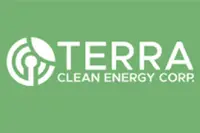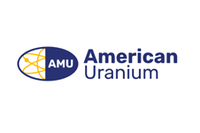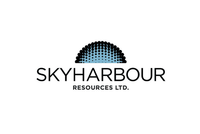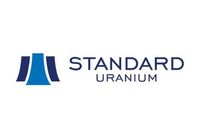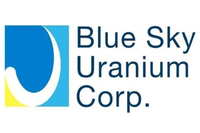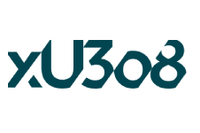Market Drivers, Net-zero Goals Point to Australia’s Strong Future in Uranium Mining
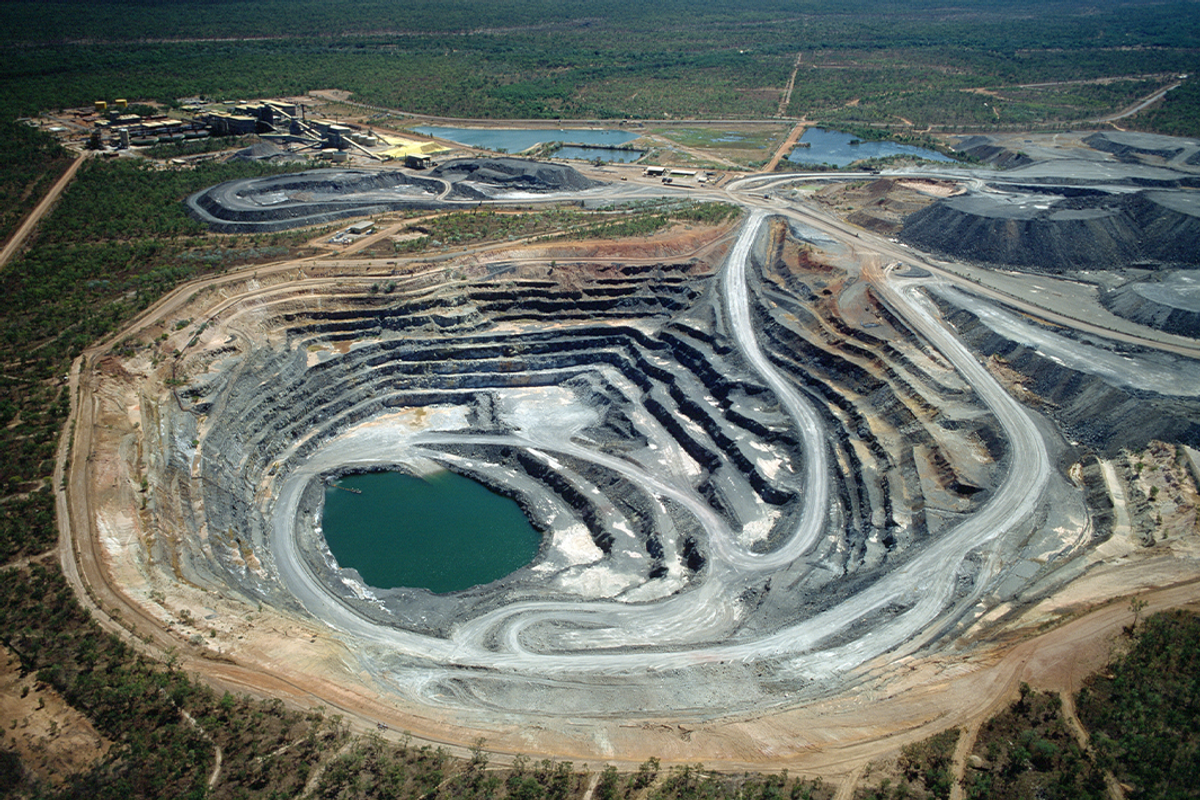
With its considerable uranium resource that remains largely untapped, there’s potential room for change in Australian regulations with regard to uranium.
When it comes to uranium, which is a vital element for nuclear power generation and to produce isotopes for medicine and beyond, Australia is at a crossroads.
Australia has the world’s largest uranium reserves and is currently the fourth largest producer in the world. While highly restrictive regulations across the country limit uranium mining, the need for mining diversification may drive change.
As the country struggles during a critical minerals mining industry downturn — mining makes up more than 10 percent of its GDP — investors may find Australia ready to open up more uranium mining opportunities.
The market for uranium is considerable: the World Nuclear Association forecasts that demand will climb by 28 per cent by 2030 and nearly double by 2040. Prices have been rising and are expected to continue to go up.
Pre-approved projects in Australia continue to move forward while the country ponders its bigger-picture approach to uranium.
Uranium coast to coast
Australia has 28 percent of global reserves of uranium, with 1.7 million tonnes in reserves, well ahead of Kazakhstan, the second largest uranium-holding nation, which has 815,000 tonnes.
Much of the sector is underdeveloped, yet it still produced 4,820 tonnes in 2022, 8 percent of global uranium production.
Currently, the country has just three operating mines — the Olympic Dam mine operated by BHP (ASX:BHP,NYSE:BHP,LSE:BHP), the Four Mile mine and Boss Energy's (ASX:BOE,OTCQX:BQSSF) Honeymoon mine. They are among the largest in the world.
Because of its generous reserves, Australia has a long history of uranium discoveries and mining, dating back to the early 1900s. Uranium was first discovered at Radium Hill in 1906, with mining beginning in 1954 at Rum Jungle in Northern Territory.
In Western Australia, discoveries date to 1970. Around this time, the anti-nuclear movement slowed progress of the industry, leading to the so-called “three mine policy” that permitted just three existing mines to continue operation by 1984.
Regulatory hurdles
Only two of Australia’s eight states and territories permit uranium mining. In 1998, the federal government banned nuclear power — focusing instead on coal — which further impacted how the nation viewed uranium reserves.
While the issue of embracing nuclear power keeps returning nationally, there’s been little change to policy. Australia remains one of the few major economic nations in the world to not use or have plans to use nuclear energy in its move to a greener economy.
Meanwhile, states such as Western Australia have been under pressure to overturn their local mining bans.
The debate has returned recently with a different urgency. The downtown in critical minerals prices has had a powerful economic impact across the country, with substantial layoffs in mining and processing.
As well, under Australia’s Net Zero Plan, it aims to achieve net-zero greenhouse gas emissions by 2050, which means reducing its reliance on coal. A 2023 report found the country the highest per capita emissions from coal in the entire G20.
Resource-rich Western Australia, which has 226,000 tonnes of known reserves, has banned uranium mining since 2017. It has been the focus of increased advocacy. For instance, a spring 2024 report from the region’s Chamber of Commerce and Industry found that four potential projects in the state could add 9,000 jobs and more than AU$1 billion in revenue.
Future prospects
Despite the regulatory hurdles, there are several projects in development due to longstanding preapprovals. Other companies are keeping close tabs on local and national policies in hopes they could change.
Many existing development projects are in Western Australia, and were given approval before 2017.
Those include Toro Energy’s (ASX:TOE,OTC Pink:TOEYF) Wiluna uranium project, which spans three deposits and 1,500 hectares, and has gone through the state and federal environmental approval processes.
The project, which is near the town of Wiluna, is a historic mining district with existing infrastructure. The approvals for the Wiluna project are planned to be amended for an enhanced project that is elevated in terms of feasibility (both technically and financially) and to extend the time for substantial commencement of production.
According to data from Toro Energy, the Wiluna regional resource contains 62.7 million pounds of uranium oxide (U3O8), which will give the project a mine life of more than 20 years. The Wiluna project also currently includes a planned processing facility located 30 kilometres south of the town of Wiluna in the northern goldfields of Western Australia. Toro Energy also has 28.2 million pounds of U3O8 across three other Western Australian exploration projects.
The Mulga Rock project is now owned by Deep Yellow (ASX:DYL,OTCQX:DYLLF) and consists of 104.8 million pounds of U3O8. The project spans two mining areas and is at an advanced stage, with plans to start a definitive feasibility study in 2024.
Cameco’s (TSX:CCO,NYSE:CCJ) Yeelirrie looks to develop a deposit of 128.1 million pounds originally discovered in 1972 in a site 70 kilometres southwest of Wiluna. The company also controls Kintyre, with access to 59.5 million pounds of U3O8 in a discovery that dates back to 1985.
Investor takeaway
Recent developments in the resource sector — including the huge decline in iron ore prices and significant job losses — are putting the spotlight on the need for sound regulations that promote a robust Australian mining sector.
With its considerable uranium resource that remains largely untapped, there’s potential room for change in Australian regulations with regard to uranium, driven by market conditions and the pressure to achieve net-zero targets. In the meantime, however, previously approved uranium-mining projects in the state of Western Australia continue to move forward, doing so in a climate that’s increasingly attractive for investors.
This INNSpired article was written as part of an advertising campaign for a company that is no longer a client of INN. This INNSpired article provides information which was sourced by INN, written according to INN's editorial standards, in order to help investors learn more about the company. The company’s campaign fees paid for INN to create and update this INNSpired article. INN does not provide investment advice and the information on this profile should not be considered a recommendation to buy or sell any security. INN does not endorse or recommend the business, products, services or securities of any company profiled. If your company would benefit from being associated with INN's trusted news and education for investors, please contact us.
